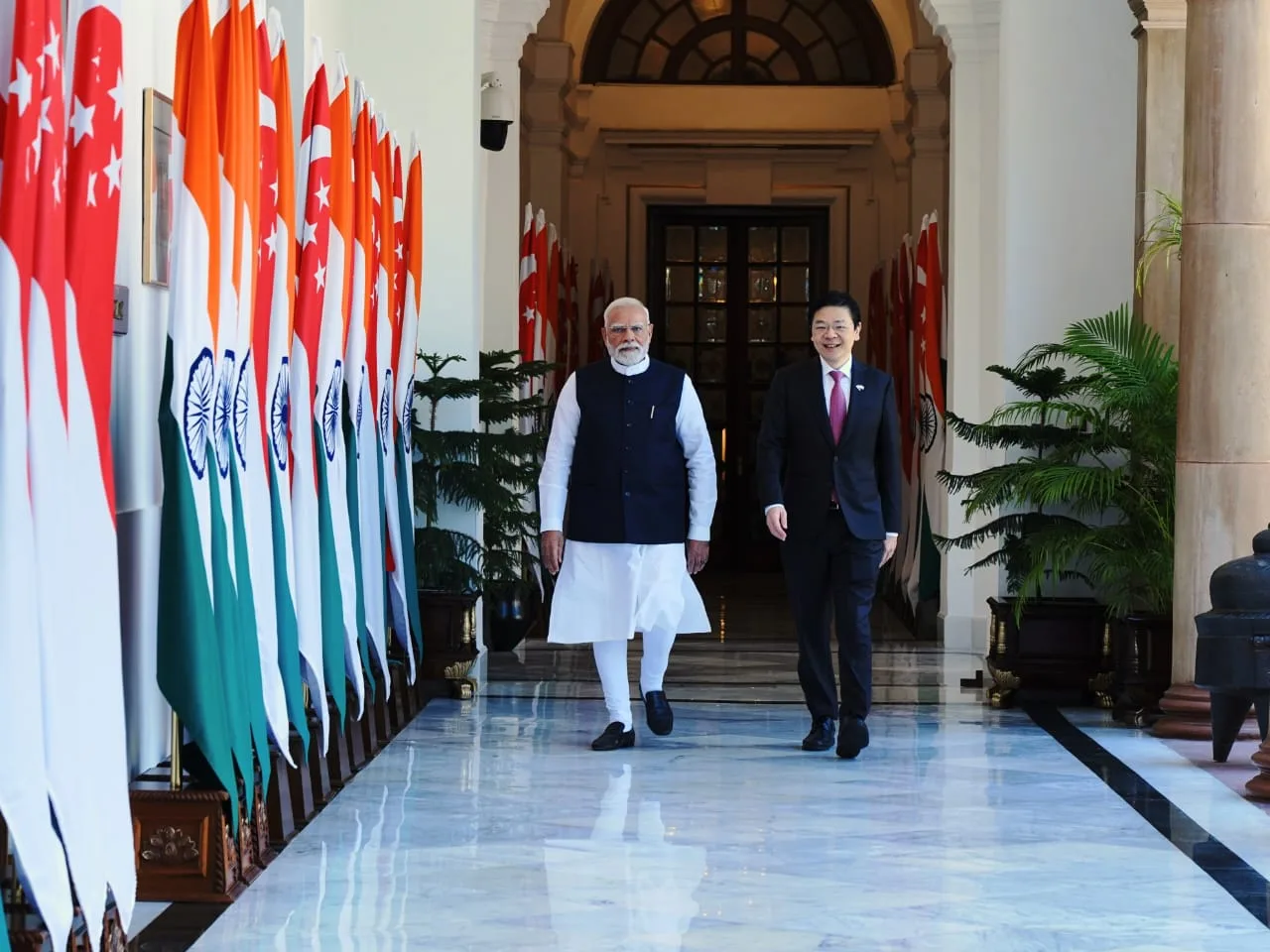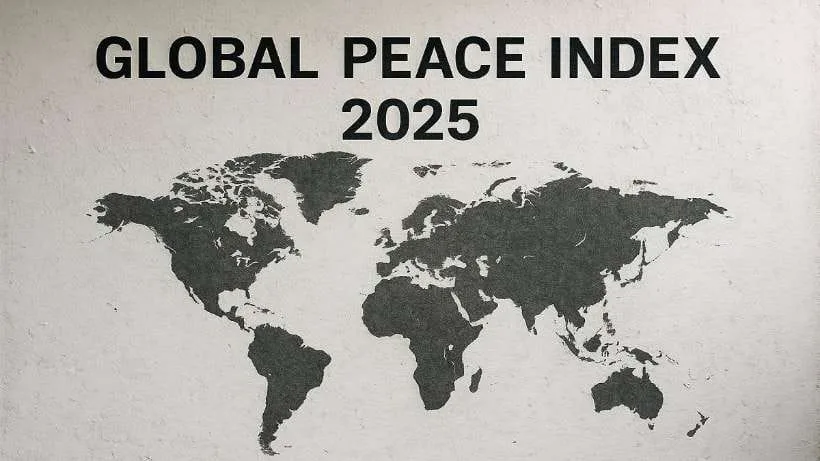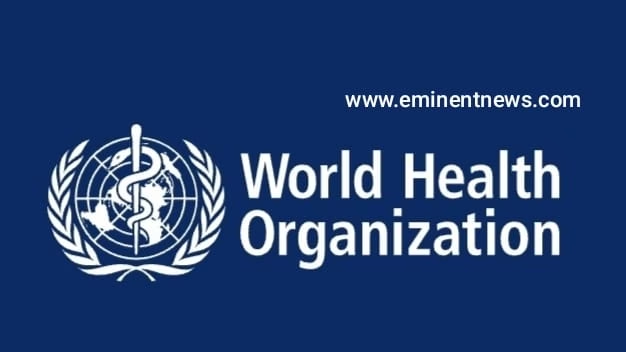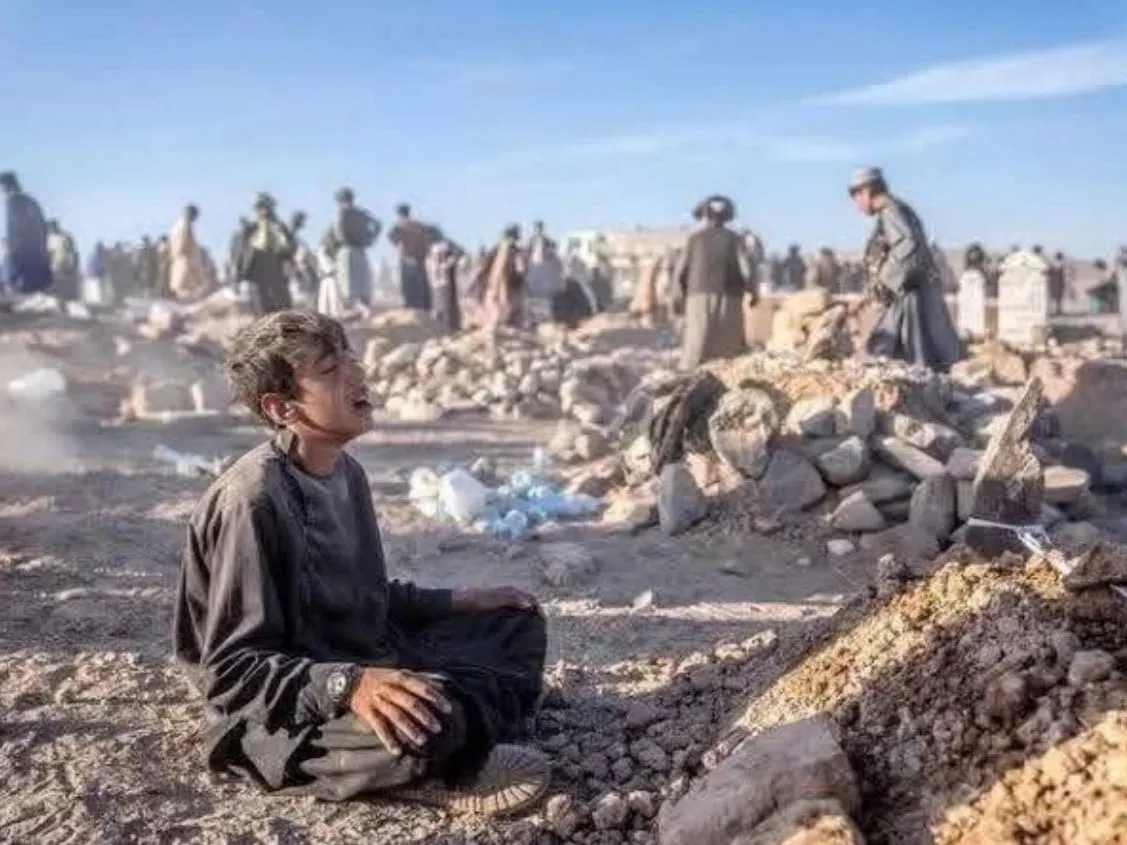Terrorism remains a significant global threat in 2025, with evolving tactics and varied regional impacts .
Key aspects of the global terrorism landscape in 2025:
- Geographic Distribution:
- The Middle East remains a hotspot for terrorist activities, with groups like Al Qaeda and the Islamic State still posing threats, although they are weaker than in their peak years .
- Africa is highly active regarding Salafi-jihadist organizations, particularly Al Shabaab in East Africa, which remains a concern for the United States .
- In West Africa and the Sahel, there’s broad concern regarding the threat of terrorism .
- Evolving Tactics and Trends:
- Terrorist groups are increasingly exploiting new technologies for recruitment, propaganda, and operational planning .
- Climate change and environmental degradation are exacerbating conditions that lead to violent extremism in some regions .
- Domestic Terrorism:
- Domestic terrorism poses a greater threat to the United States than international terrorist organizations . These attacks are often carried out by individuals or small groups with diverse ideologies, including white supremacy, partisan extremism, and Salafi-jihadism .
- Counter-Terrorism Efforts:
- The Global Counterterrorism Forum (GCTF) facilitates international cooperation by bringing together policymakers and practitioners to share expertise and develop strategies to counter terrorism .
- The U.S. Department of the Treasury’s Office of Foreign Assets Control (OFAC) uses sanctions to combat terrorism by blocking assets and prohibiting transactions with designated terrorist individuals and groups .
- Global Condemnation:
- Terrorist attacks continue to be widely condemned by world leaders and international organizations, highlighting the global consensus against terrorism .
- Impact of Conflicts:
- Conflicts in regions such as Israel and Palestine contribute to and are influenced by terrorist activities, requiring continuous monitoring and response .
- Role of Technology:
- Terrorist groups are using emerging technologies, requiring counter-terrorism strategies to adapt to these new methods of operation .
What are the major causes of terrorism today?
Here are some major contributing factors:
- Political and Economic Grievances: Feelings of injustice, marginalization, and lack of political representation can drive individuals and groups to terrorism . Economic inequality, unemployment, and lack of opportunities can also fuel resentment and desperation .
- Ideology and Extremism: Extremist ideologies, whether religious, political, or ethnonationalist, provide a framework for justifying violence against those considered “enemies” . These ideologies often distort history, demonize opponents, and promise a utopian future that can only be achieved through violence .
- Social and Cultural Factors: Social isolation, alienation, and discrimination can create a sense of belonging and purpose in terrorist groups . Cultural narratives that glorify violence, martyrdom, or historical grievances can also contribute .
- Weak Governance and State Failure: When governments are weak, corrupt, or unable to provide basic services and security, it creates a vacuum that terrorist groups can exploit . Failed or failing states provide safe havens, training grounds, and recruitment opportunities for terrorists .
- Conflict and Instability: Armed conflicts, civil wars, and foreign interventions create chaos and instability, which can be exploited by terrorist groups . Conflict zones provide opportunities for terrorists to gain experience, acquire weapons, and recruit new members .
- Influence of Technology: Terrorist groups exploit the internet and social media to spread propaganda, recruit followers, coordinate attacks, and raise funds . The internet provides a platform for radicalization and allows terrorists to connect with like-minded individuals across borders .
- Foreign Intervention and Occupation: Foreign military intervention, occupation, and support for authoritarian regimes can fuel anti-Western sentiment and lead to the rise of terrorist groups . The perception of foreign interference in local affairs can create resentment and a desire for revenge .
- Lack of Education and Awareness: Lack of education, critical thinking skills, and awareness of diverse perspectives can make individuals more susceptible to extremist ideologies . Promoting education, tolerance, and interfaith dialogue can help counter extremist narratives …Pahalgam is an example..



























